 Facebook
Facebook
 X
X
 Instagram
Instagram
 TikTok
TikTok
 Youtube
Youtube

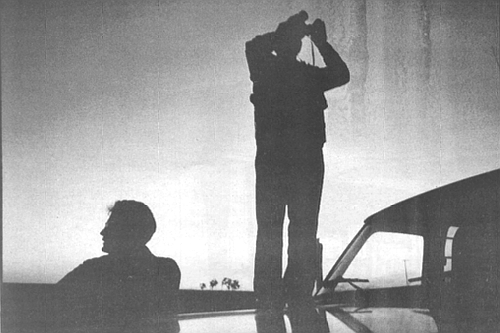
You can catch a bus on Beyer Street or the trolley at the Iris Street station, avoiding the “Migra” around the congested central San Ysidro area. Stay out of the canyon bottoms where it is easier to walk; the bandits wait there. Do not be tempted to walk the trolley tracks because they are fenced in, and the trolley operator will radio your position to the trolley security.
By Ray Monroe, Feb. 25, 1988 | Read full article
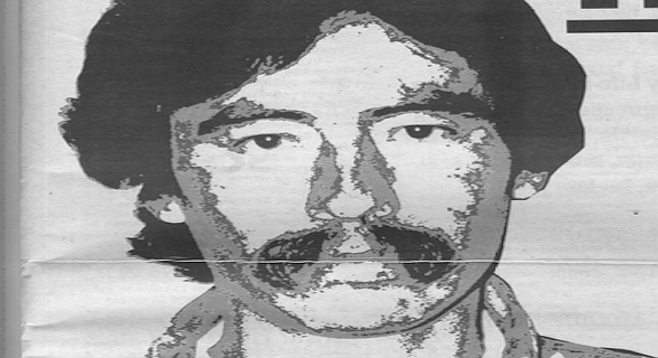
It was foggy and cold, the damp of the Pacific Ocean almost cloying. Only two of the six had ever been to Encinitas before. Juan Jose, whose cousin lived in Oceanside, said adios and headed for a pay phone outside the Exxon station to the east. German, from San Luis Potosi, had worked in the Ecke Poinsettia Ranches some years back and vaguely knew the area. Most importantly, he knew of the hillside behind the Food Basket market where they could find cover and sleep.
By Stephen W. Brown, May 14, 1992 | Read full article
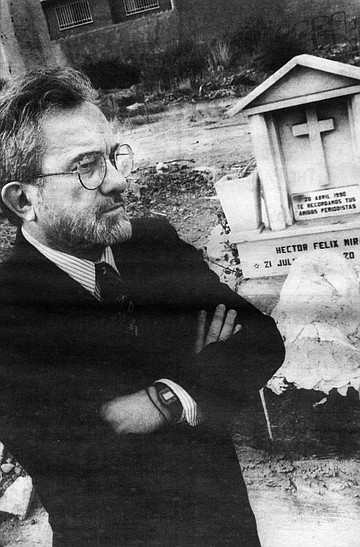
“In March of 1980 I found out there was a warrant for my arrest. I had presented evidence to the judge that showed the fraud had never happened, but I knew I would not get a fair trial. I fled to the United States, where I lived for two years. First I lived in Point Loma and later in Chula Vista in an apartment on Telegraph Canyon Road."
By Abe Opincar, March 11, 1993 | Read full article
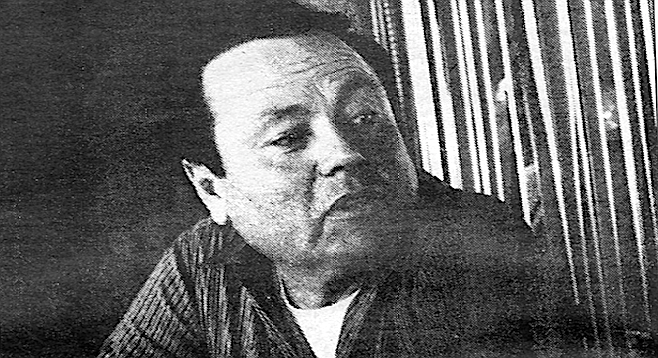
Although three men have been arrested and charged with Felix’s murder, the “intellectual author of the crime” — whoever it was that actually ordered the killing — is still at large. And Saine says PEN West wants to see this person brought to justice. Recently, PEN West drafted and sent a letter, signed by Aram Saroyan, son of William, to Salinas in Mexico City, asking for an exhaustive investigation leading to the crime’s “intellectual author.”
By Abe Opincar, May 20, 1993 | Read full article
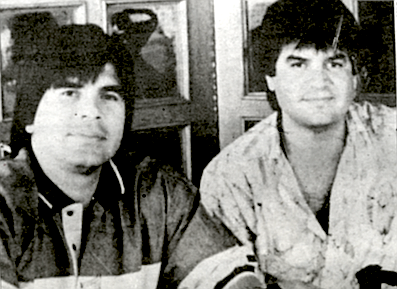
Then he travelled to the city of Tijuana and met with Ramon Arellano Felix in a house which location he does not know. He states that “El Avestruz” (the ostrich) and another subject whose nickname is “El 20” took him there, blindfolded and lowered inside the vehicle.
By Carlos Bey, Oct. 16, 1997 | Read full article
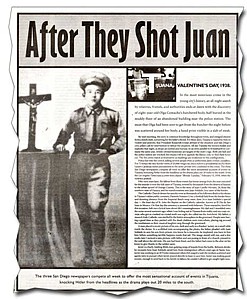
Why do people believe that he was innocent, and why do they credit him with miracles?, I ask the doctor and history buff. Roberto Villalobos replies that at first, a feeling of collective guilt swamped Tijuana after the execution, causing a reevaluation of what had happened. Second, ignorance and superstition combined to produce a cult, which spread by word of mouth throughout the border region.
By Patrick Maka, Dec. 4, 1997 | Read full article
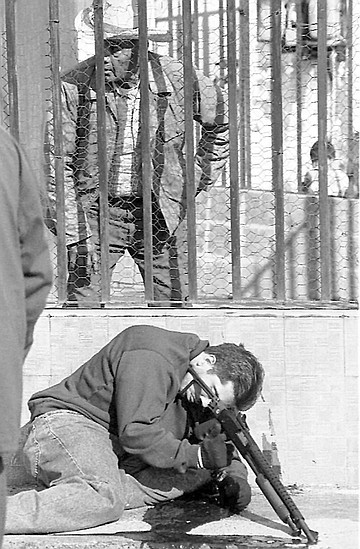
"When I got to the scene, it was complete pandemonium. I didn't know at first what had happened. I saw Blancornelas's son wandering around in kind of a daze, and I figured he had gotten to the scene so fast because he lived real close by. And then I saw the bodyguard's wife, who was screaming and crying. And then I saw the assassin, sort of lying against a wall, bleeding, still holding his gun."
By Abe Opincar, Dec. 11, 1997 | Read full article
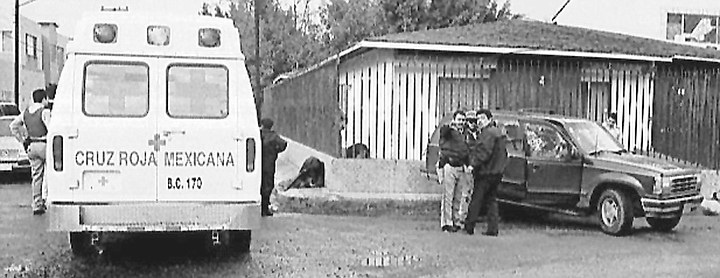
Mid-October, there was the killing of six people by Tijuana gunmen; mid-November, the execution of two students on the campus of the Autonomous University of Baja California; late December, the arrest of suspected snipers just before a visit of Mexico's president Ernesto Zedillo to Tijuana; and on the first of January, the assassination of Ovidio Santos Romo, the newly appointed assistant police chief of Tecate.
By Bill Manson, Jan. 14, 1999 | Read full article

"In February 1992, this neighborhood was the scene of a drug cartel vendetta. On 15 February 1992, a former police investigator and a man with known ties to the drug trade were among six people dragged from a house in Guaycura by a group of heavily armed men.... The bodies of the men were later found after having been dumped separately in isolated areas near Tecate and Ensenada."
By Bill Manson, Feb. 4, 1999 | Read full article
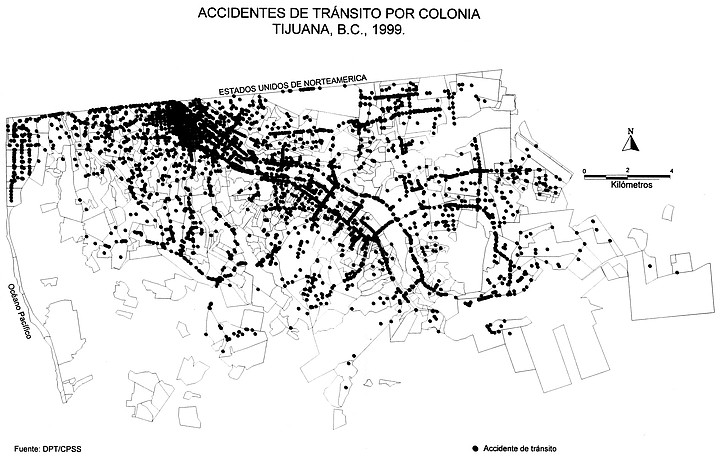
Espitia thinks her program can work in Tijuana. "I think [a surveillance program] is very important because Tijuana is very similar to Cali; the violence is similar: narco-traffickers, drugs. The most important thing is to use all sources of data — not just police but health, forensic authorities, district attorneys. And to share the information with the people, not to keep it locked up in government reports."
By Bill Manson, Feb. 24, 2000 | Read full article
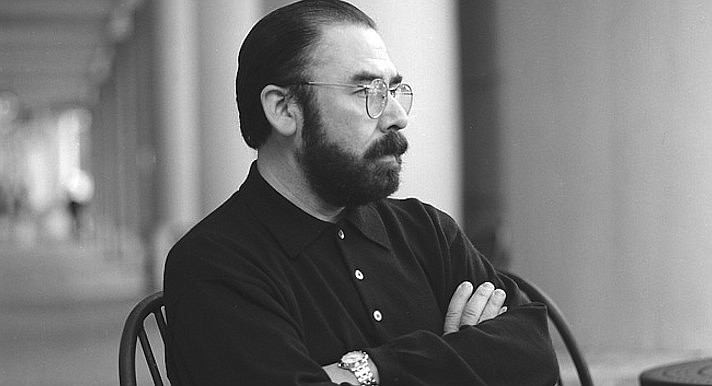
Victor Clark thinks the comparison should be with the United States, in the 1920s. "You were having the same problems: rapid urbanization, machine politics being challenged, and criminals making fortunes by creating and selling illegal substances — back then it was alcohol. I guess what we need today is another Elliot Ness and his Untouchables, or a Zorro, and some courageous judges to back them."
By Bill Manson, March 9, 2000 | Read full article
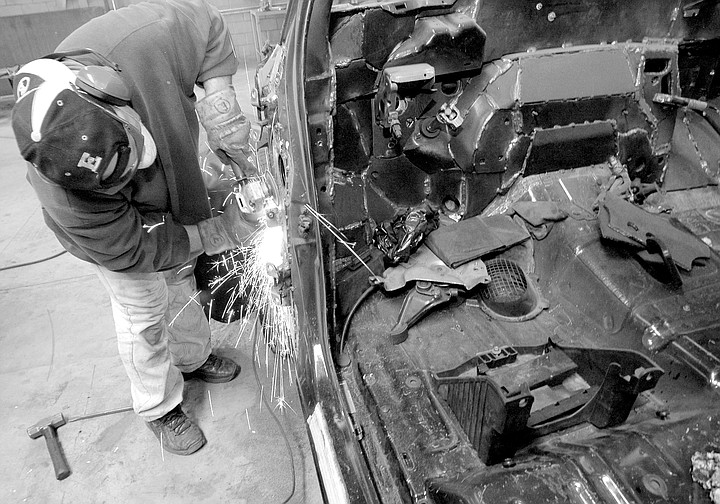
"In Tijuana, kidnapping is the bigger fear. Some of our customers have already had attempts made to kidnap them, and they're afraid. They want to prevent it from happening again. And with kidnapping, you're often talking about the AK-47 and other military rifles. That's why we sell more level four, four-plus, and five than level three in Tijuana. Seventy percent of our sales here are level four and up."
By Ernie Grimm, Nov. 24, 2004 | Read full article
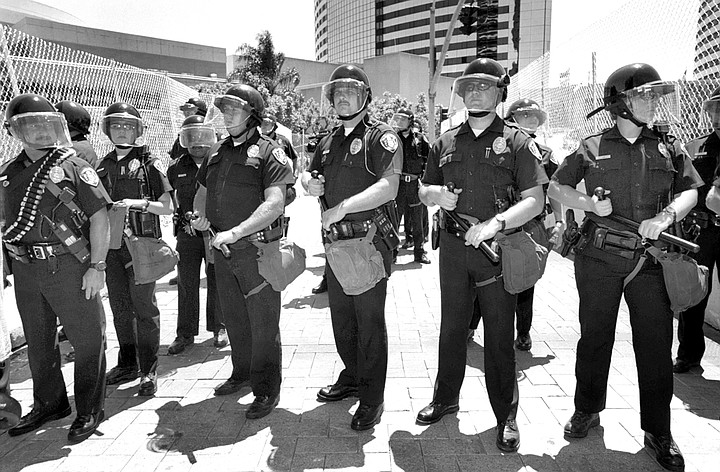
Elorduy advised Mexicans "to take safety measures when they cross, such as not walking alone at night, locking the car when they leave purchases inside, and when going to their cars never to go alone with their merchandise because there have been attacks in the parking lots."
By Ernie Grimm, April 14, 2005 | Read full article



You can catch a bus on Beyer Street or the trolley at the Iris Street station, avoiding the “Migra” around the congested central San Ysidro area. Stay out of the canyon bottoms where it is easier to walk; the bandits wait there. Do not be tempted to walk the trolley tracks because they are fenced in, and the trolley operator will radio your position to the trolley security.
By Ray Monroe, Feb. 25, 1988 | Read full article

It was foggy and cold, the damp of the Pacific Ocean almost cloying. Only two of the six had ever been to Encinitas before. Juan Jose, whose cousin lived in Oceanside, said adios and headed for a pay phone outside the Exxon station to the east. German, from San Luis Potosi, had worked in the Ecke Poinsettia Ranches some years back and vaguely knew the area. Most importantly, he knew of the hillside behind the Food Basket market where they could find cover and sleep.
By Stephen W. Brown, May 14, 1992 | Read full article

“In March of 1980 I found out there was a warrant for my arrest. I had presented evidence to the judge that showed the fraud had never happened, but I knew I would not get a fair trial. I fled to the United States, where I lived for two years. First I lived in Point Loma and later in Chula Vista in an apartment on Telegraph Canyon Road."
By Abe Opincar, March 11, 1993 | Read full article

Although three men have been arrested and charged with Felix’s murder, the “intellectual author of the crime” — whoever it was that actually ordered the killing — is still at large. And Saine says PEN West wants to see this person brought to justice. Recently, PEN West drafted and sent a letter, signed by Aram Saroyan, son of William, to Salinas in Mexico City, asking for an exhaustive investigation leading to the crime’s “intellectual author.”
By Abe Opincar, May 20, 1993 | Read full article

Then he travelled to the city of Tijuana and met with Ramon Arellano Felix in a house which location he does not know. He states that “El Avestruz” (the ostrich) and another subject whose nickname is “El 20” took him there, blindfolded and lowered inside the vehicle.
By Carlos Bey, Oct. 16, 1997 | Read full article

Why do people believe that he was innocent, and why do they credit him with miracles?, I ask the doctor and history buff. Roberto Villalobos replies that at first, a feeling of collective guilt swamped Tijuana after the execution, causing a reevaluation of what had happened. Second, ignorance and superstition combined to produce a cult, which spread by word of mouth throughout the border region.
By Patrick Maka, Dec. 4, 1997 | Read full article

"When I got to the scene, it was complete pandemonium. I didn't know at first what had happened. I saw Blancornelas's son wandering around in kind of a daze, and I figured he had gotten to the scene so fast because he lived real close by. And then I saw the bodyguard's wife, who was screaming and crying. And then I saw the assassin, sort of lying against a wall, bleeding, still holding his gun."
By Abe Opincar, Dec. 11, 1997 | Read full article

Mid-October, there was the killing of six people by Tijuana gunmen; mid-November, the execution of two students on the campus of the Autonomous University of Baja California; late December, the arrest of suspected snipers just before a visit of Mexico's president Ernesto Zedillo to Tijuana; and on the first of January, the assassination of Ovidio Santos Romo, the newly appointed assistant police chief of Tecate.
By Bill Manson, Jan. 14, 1999 | Read full article

"In February 1992, this neighborhood was the scene of a drug cartel vendetta. On 15 February 1992, a former police investigator and a man with known ties to the drug trade were among six people dragged from a house in Guaycura by a group of heavily armed men.... The bodies of the men were later found after having been dumped separately in isolated areas near Tecate and Ensenada."
By Bill Manson, Feb. 4, 1999 | Read full article

Espitia thinks her program can work in Tijuana. "I think [a surveillance program] is very important because Tijuana is very similar to Cali; the violence is similar: narco-traffickers, drugs. The most important thing is to use all sources of data — not just police but health, forensic authorities, district attorneys. And to share the information with the people, not to keep it locked up in government reports."
By Bill Manson, Feb. 24, 2000 | Read full article

Victor Clark thinks the comparison should be with the United States, in the 1920s. "You were having the same problems: rapid urbanization, machine politics being challenged, and criminals making fortunes by creating and selling illegal substances — back then it was alcohol. I guess what we need today is another Elliot Ness and his Untouchables, or a Zorro, and some courageous judges to back them."
By Bill Manson, March 9, 2000 | Read full article

"In Tijuana, kidnapping is the bigger fear. Some of our customers have already had attempts made to kidnap them, and they're afraid. They want to prevent it from happening again. And with kidnapping, you're often talking about the AK-47 and other military rifles. That's why we sell more level four, four-plus, and five than level three in Tijuana. Seventy percent of our sales here are level four and up."
By Ernie Grimm, Nov. 24, 2004 | Read full article

Elorduy advised Mexicans "to take safety measures when they cross, such as not walking alone at night, locking the car when they leave purchases inside, and when going to their cars never to go alone with their merchandise because there have been attacks in the parking lots."
By Ernie Grimm, April 14, 2005 | Read full article
Comments